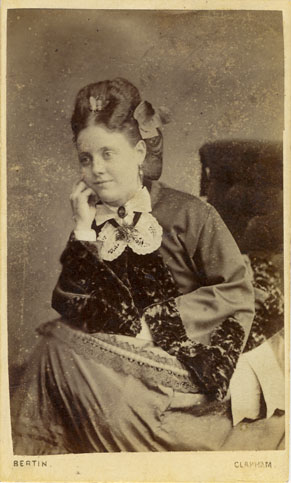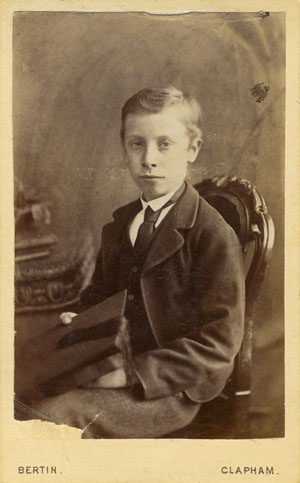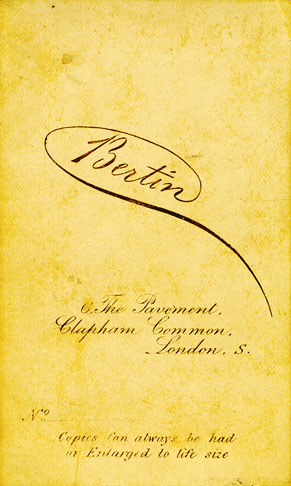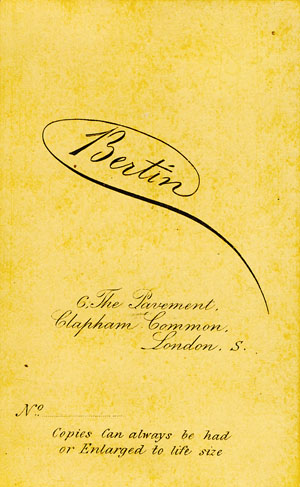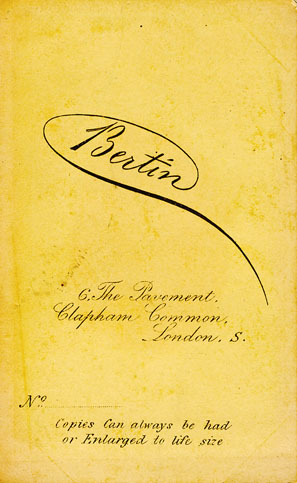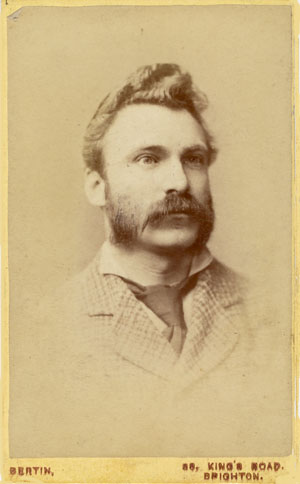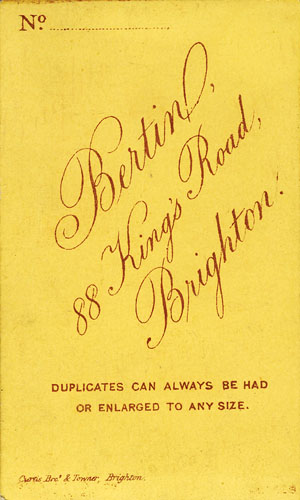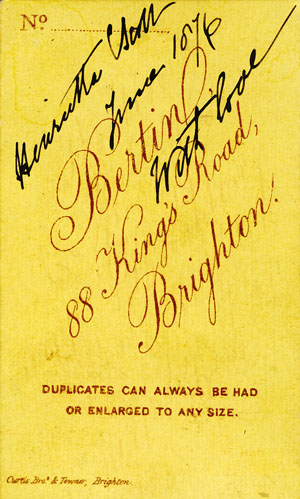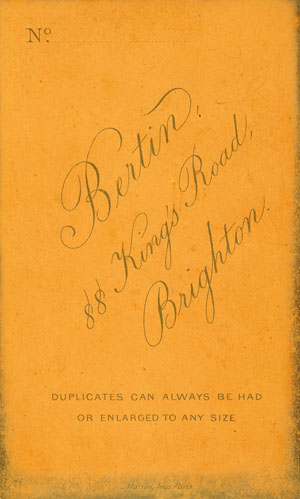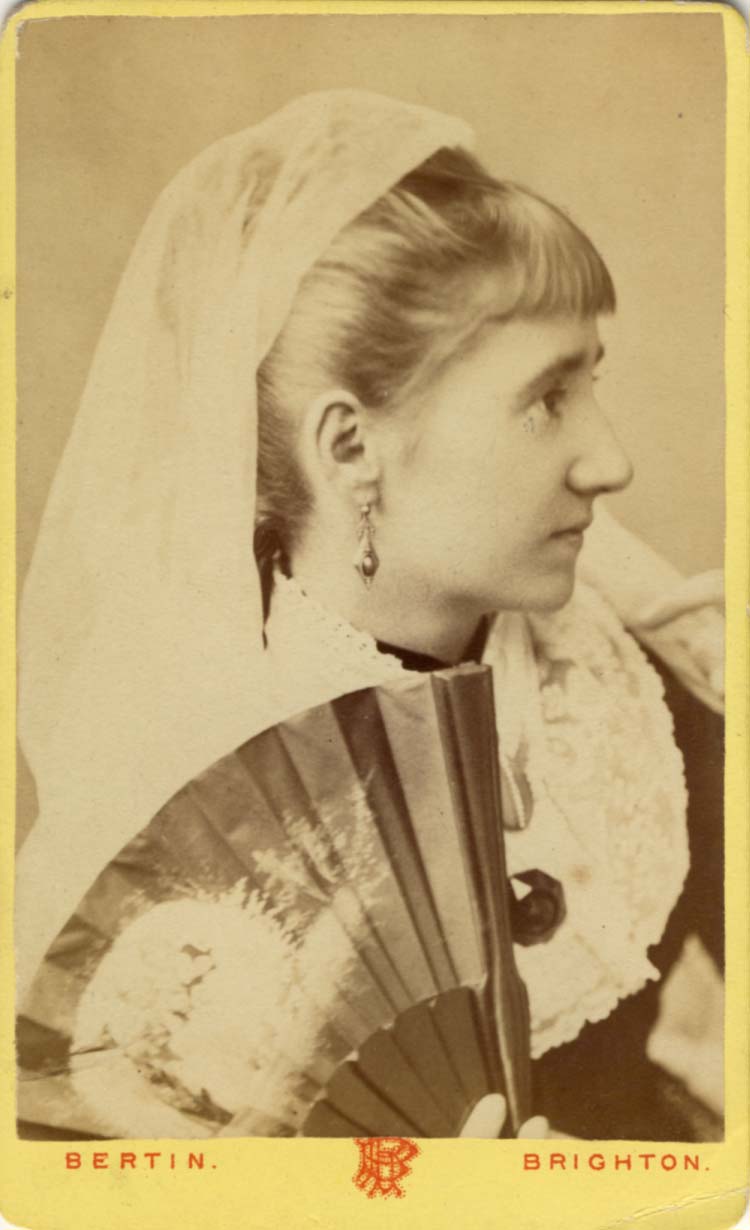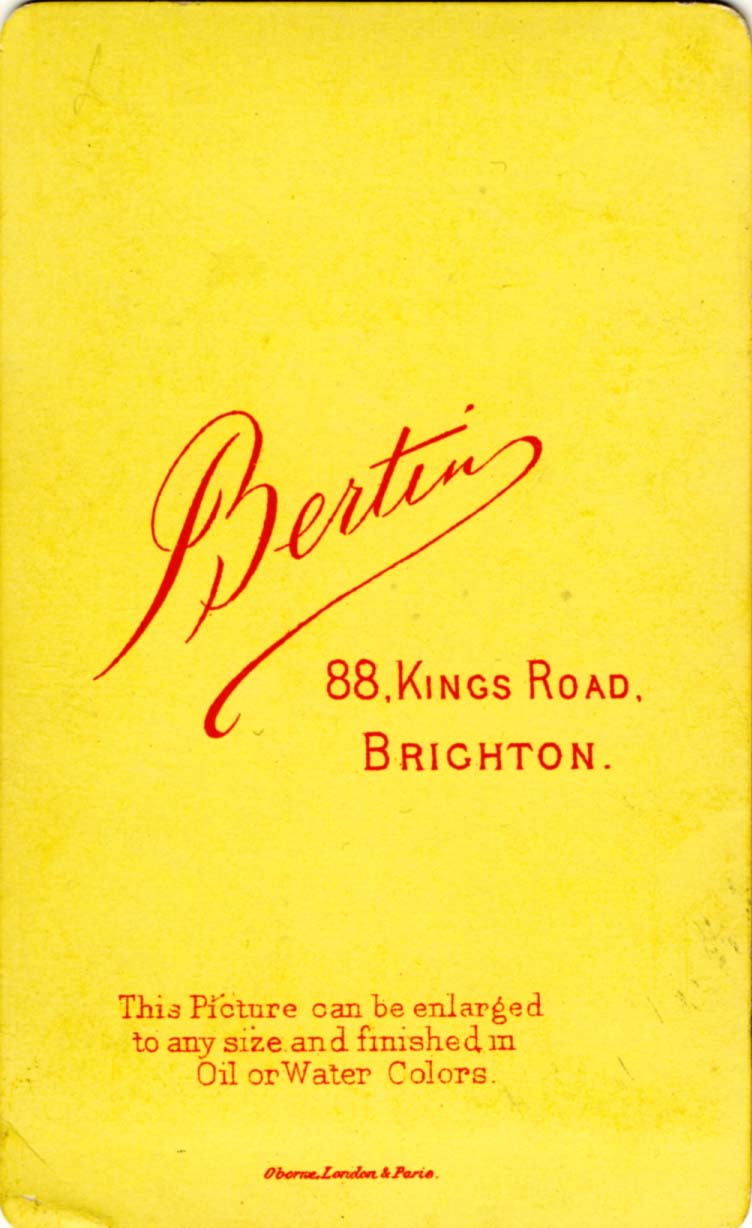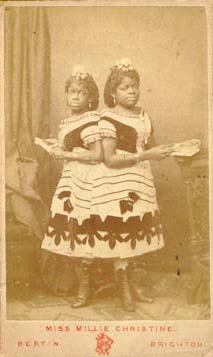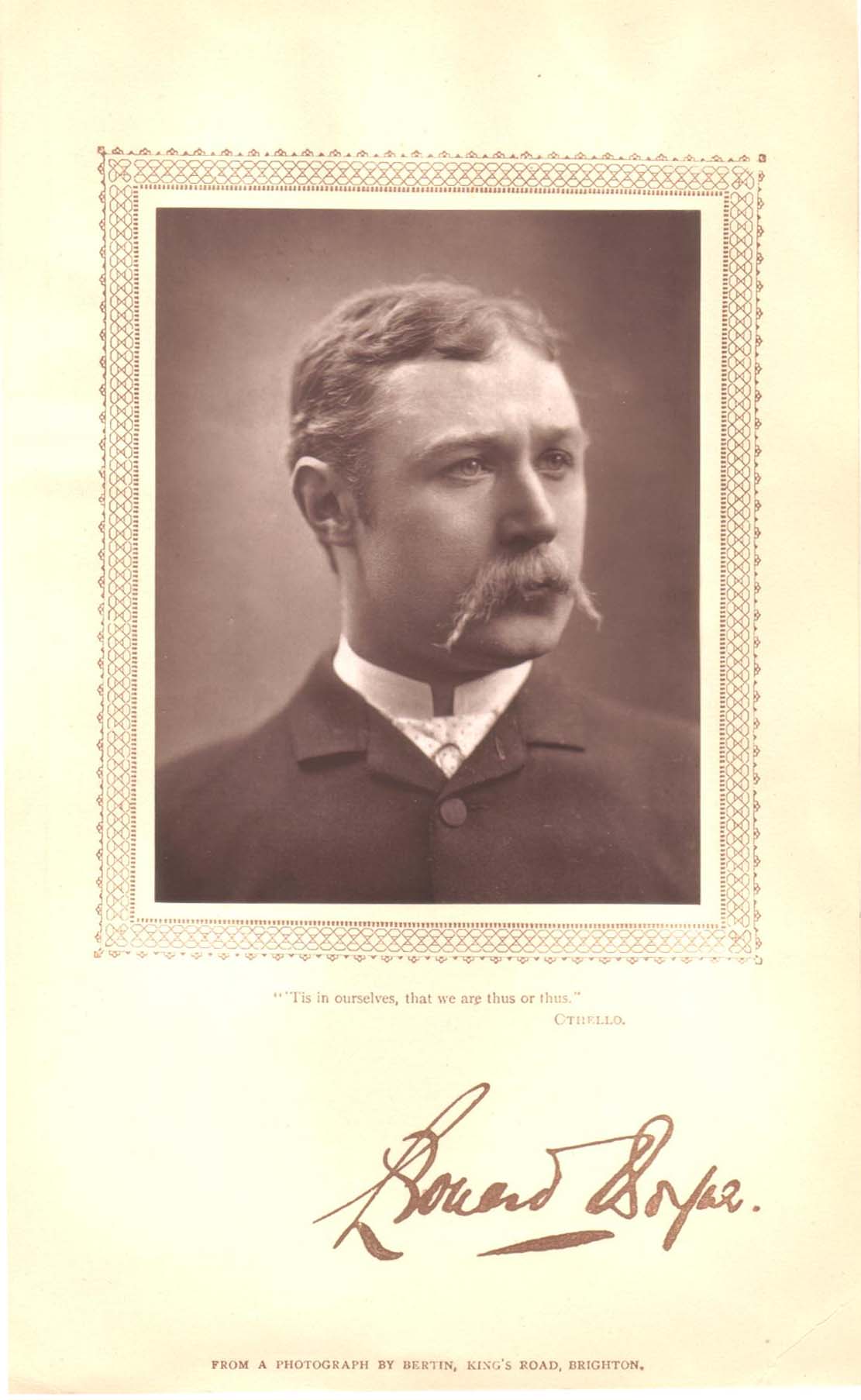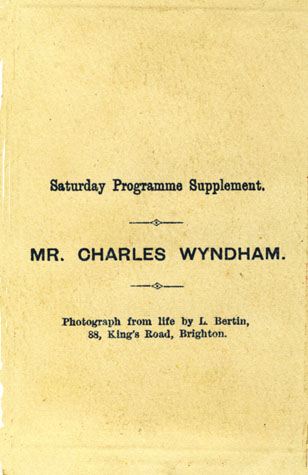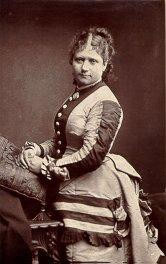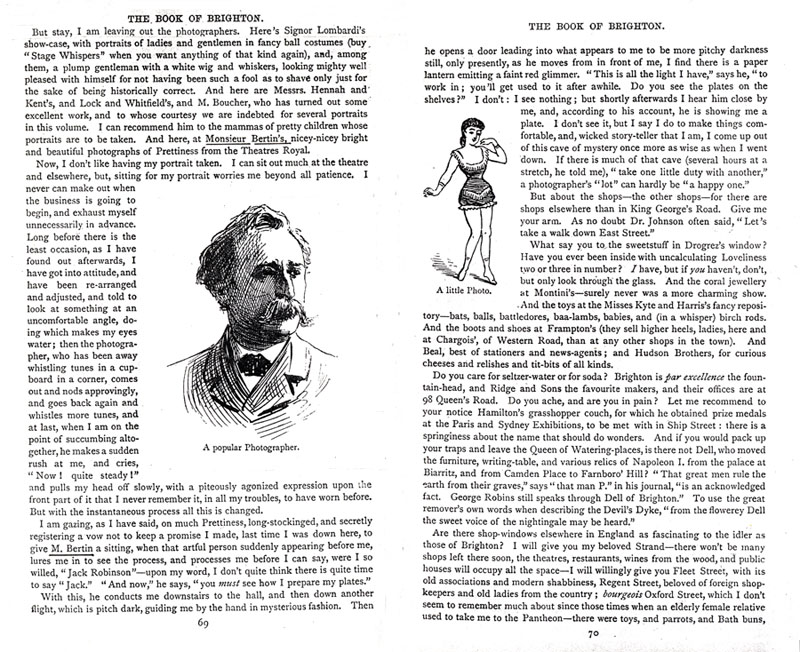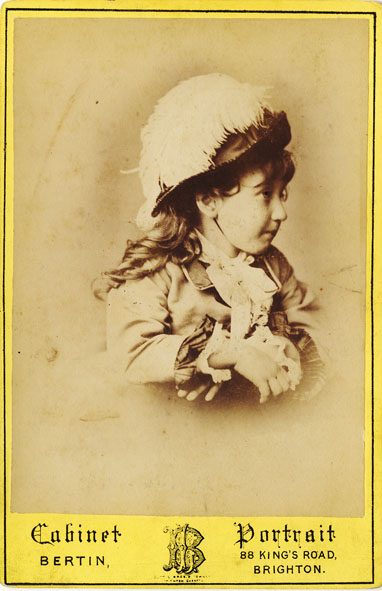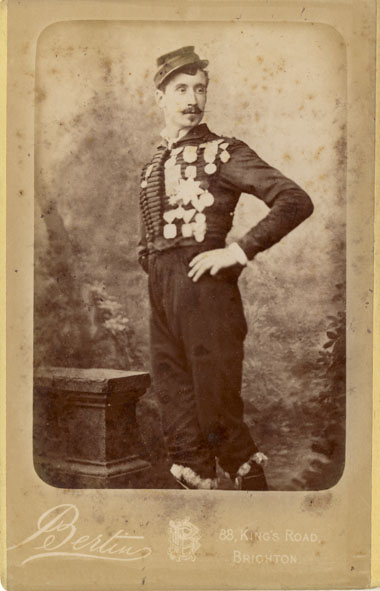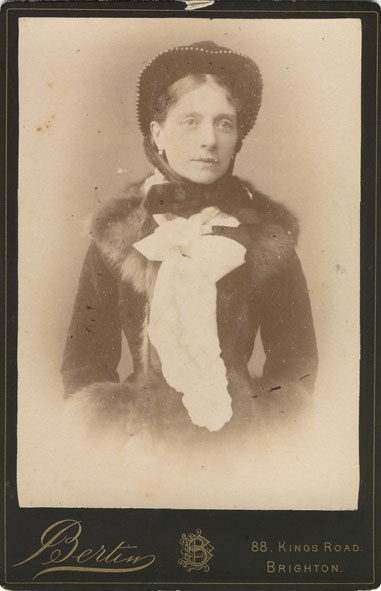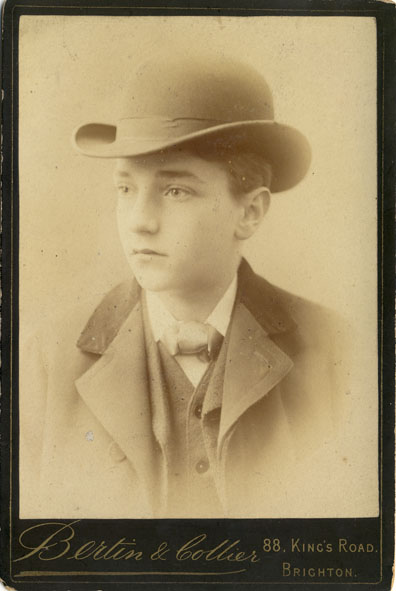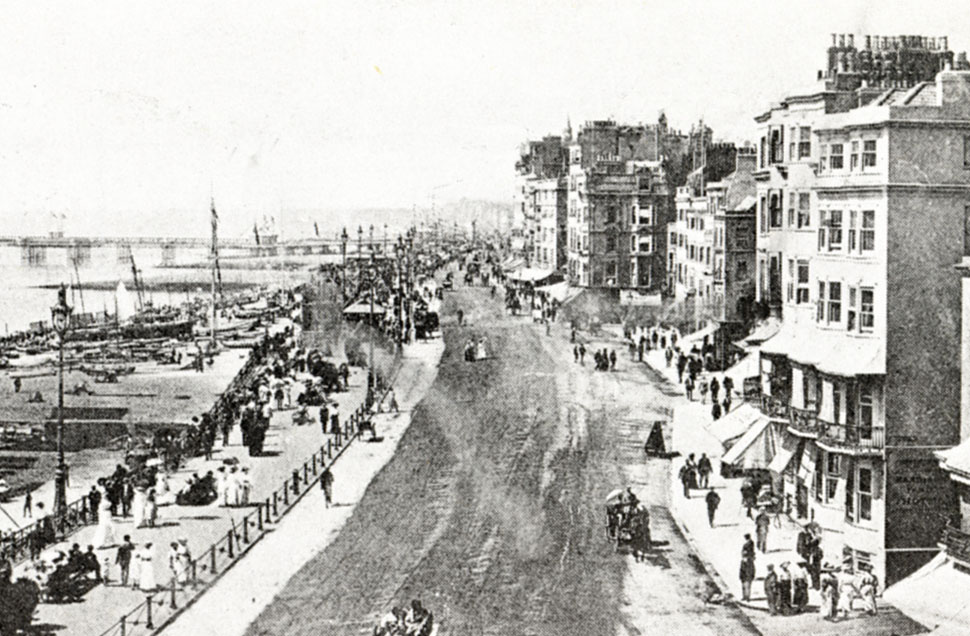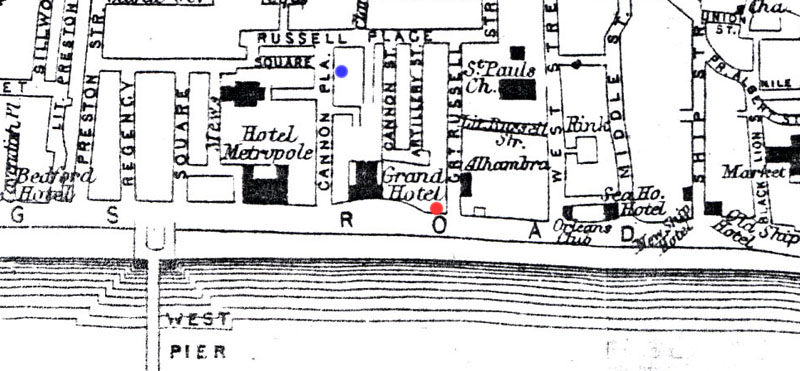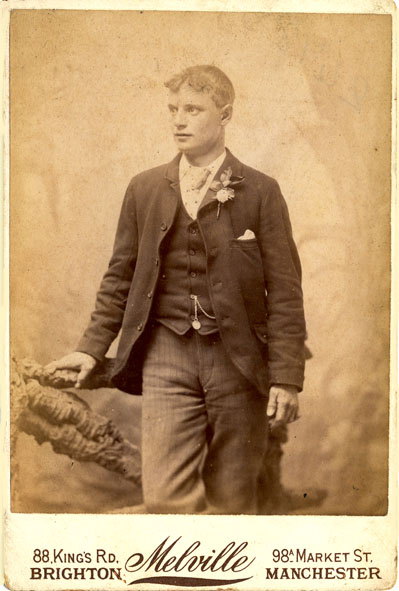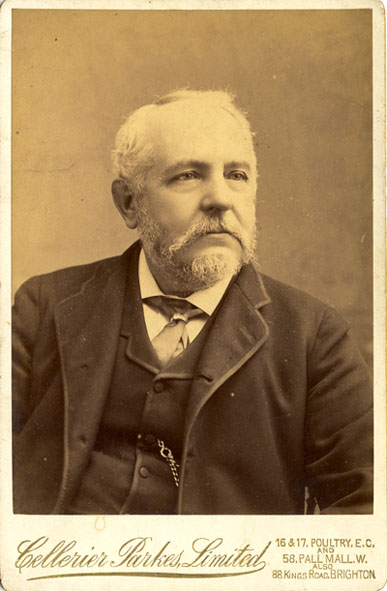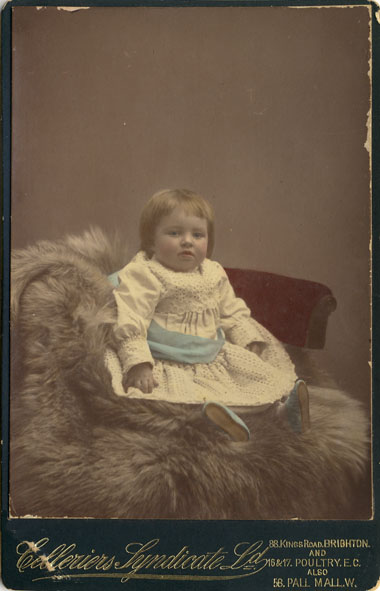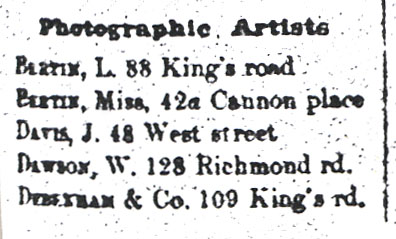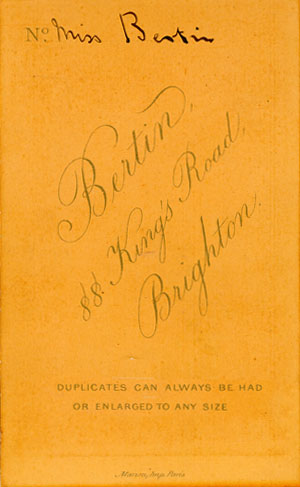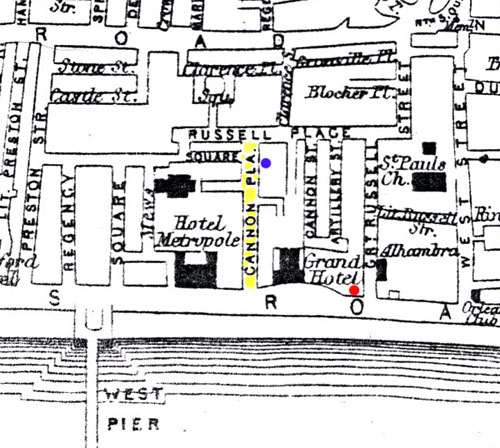 [ABOVE] A possible portrait of Monsieur Louis Bertin. This illustration appeared alongside a description of a visit to Monsieur Bertin's Kings Road studio in "The Book of Brighton - As it was and as it is " by Charles H. Ross (1882).
[ABOVE] Louis Bertin recorded as a photographer at 88 King's Road, Brighton in Kelly's 1874 Directory of Sussex. Albert Boucher, a compatriot of Bertin's, is listed as a photographer at 23 Ship Street, Brighton. |
Louis Bertin (born c1827, France)
Louis Bertin was born in France around 1827. Louis Bertin arrived in England from France with his wife Eugenie (born c1832, France) and daughter Marie (born c1855, France) sometime between 1862 and 1871. At the time of the 1871 census, Louis Bertin was working as a photographer & tobacconist at 6 The Pavement, Clapham Common, Clapham, South London, Surrey. In 1872, Louis Bertin exhibited four photographs at the 17th Annual Exhibition of the Photographic Society of London. Two of the four exhibits were portraits, both of which were entitled "Portrait of a Lady". Louis Bertin became a Member of the (Royal) Photographic Society in December 1872. Bertin went on to exhibit three more portraits at the 19th Annual Exhibition the Photographic Society of Great Britain held at the Suffolk Street Gallery, Pall Mall, in October 1874. Around 1873, Louis Bertin entered into a business partnership with the photographer Edward Sims (born c1838, Swansea) and together they briefly ran a portrait studio in Tunbridge Wells under the name of Sims & Bertin. The partnership between Louis Bertin and Edward Sims was dissolved in May 1874. Shortly after leaving Edward Sims' studio in Tunbridge Wells, Louis Bertin moved to the seaside resort of Brighton, where he established a photographic portrait studio in King's Road. Bertin's studio at 88 Kings Road, Brighton, was located above a china shop, situated between two lodging houses on Brighton's seafront, near Kings Road's junction with Russell Street. Bertin's business premises was only three doors' away from John J. E. Mayall's long established photographic portrait studio at 91 King's Road and a short distance from the Grand Hotel at 99 King's Road, Brighton. Louis Bertin is listed as a professional photographer at 88 Kings Road, Brighton, in the Trades section of Kelly's Post Office Directory of Sussex, published in 1874. When the census was taken on 3rd April 1881, Louis Bertin and his family were recorded at the living quarters attached to Bertin's photographic portrait studio at 88 Kings Road, Brighton. Louis Bertin is described on the census return as a fifty-three year old, French-born "Photographer". Residing with Monsieur Bertin at 88 Kings Road was his forty-eight year old wife Madame Eugenie Bertin, their twenty-five year old daughter Marie Bertin, who is described as an "Artist", and Margaret Thomson, a thirty-five year old servant from Ireland. Monsieur Bertin operated as a portrait photographer at 88 Kings Road, Brighton for about twelve years. Louis Bertin is recorded as a "Photographic Artist" at 88 Kings Road for the last time in Page's 1886 Directory of Brighton. The last trade directory entry for Louis Bertin coincided with the first appearance of his daughter, Marie Bertin, in the list of Brighton photographers. Miss Bertin is recorded as the proprietor of a photographic studio at 42a Cannon Place, Brighton, only hundreds of metres from her father's studio on the seafront. Louis Bertin disappears from British records after 1886. The year 1886 might mark the year of louis Bertin's death, his retirement from photography or his return to France. Louis Bertin's demise is not recorded in the death registrations compiled for the years between 1885 and 1920 and his name does not appear in the index of names for the census returns completed in 1891, 1901 or 1911. |

